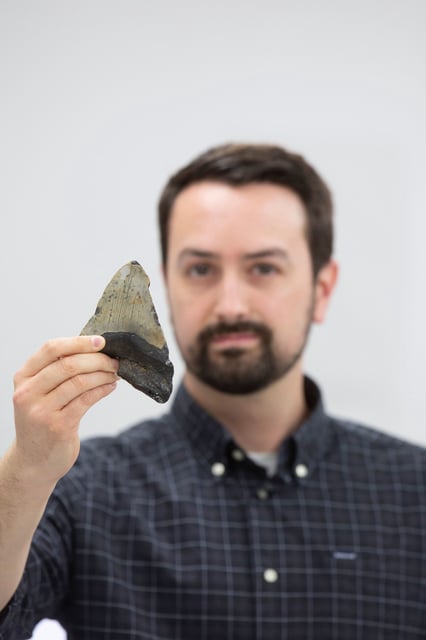Overview
- Zinc-66 to zinc-64 ratios in Otodus megalodon teeth show it fed at the top of the food chain yet consumed both marine mammals and large fish.
- Comparisons of fossils from Sigmaringen and Passau indicate regional prey shifts, with Passau specimens relying more on lower-trophic-level animals.
- Estimates confirm megalodon needed about 100,000 kilocalories daily to support its up to 24-meter length.
- The study overturns the view of megalodon as a whale specialist by portraying it as a flexible generalist predator.
- Earlier work suggests megalodon’s extinction around 3.6 million years ago was influenced by competition from emerging great white sharks.



